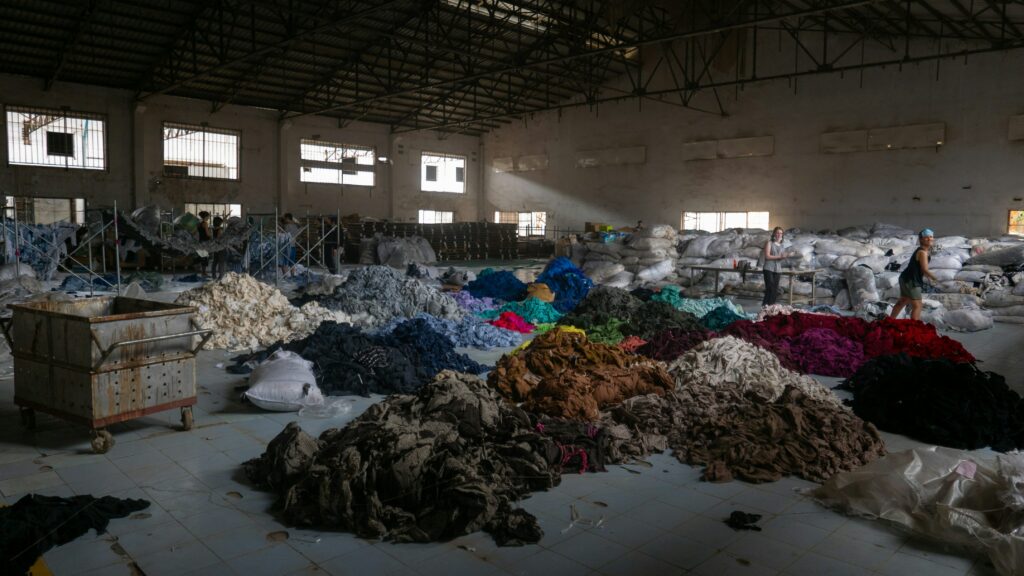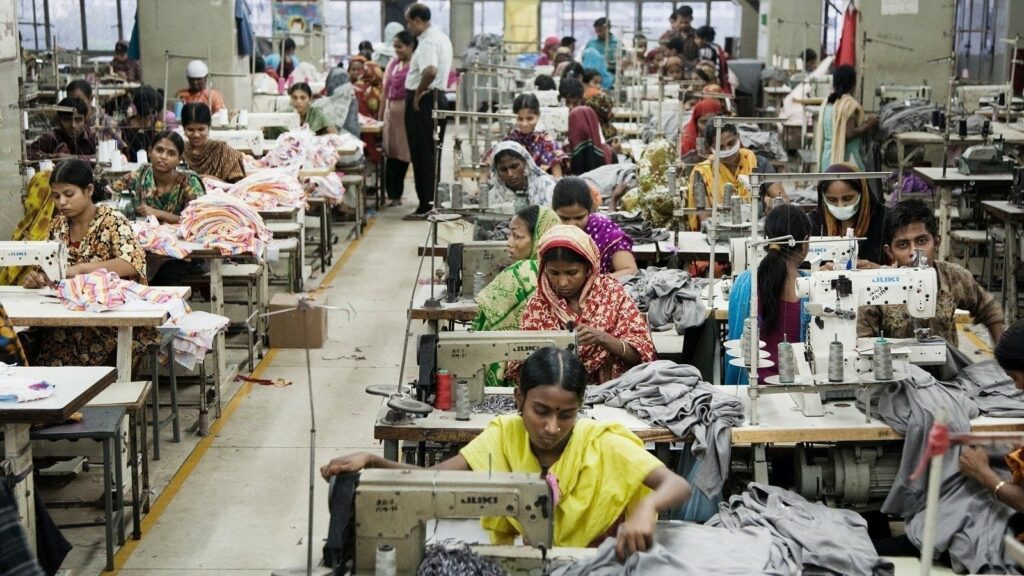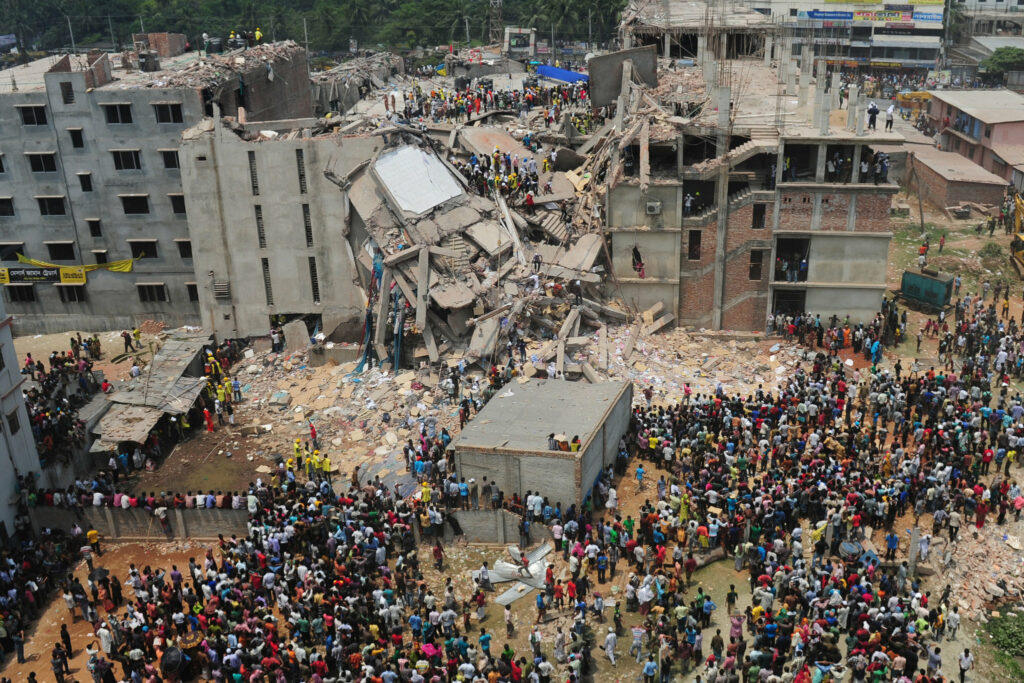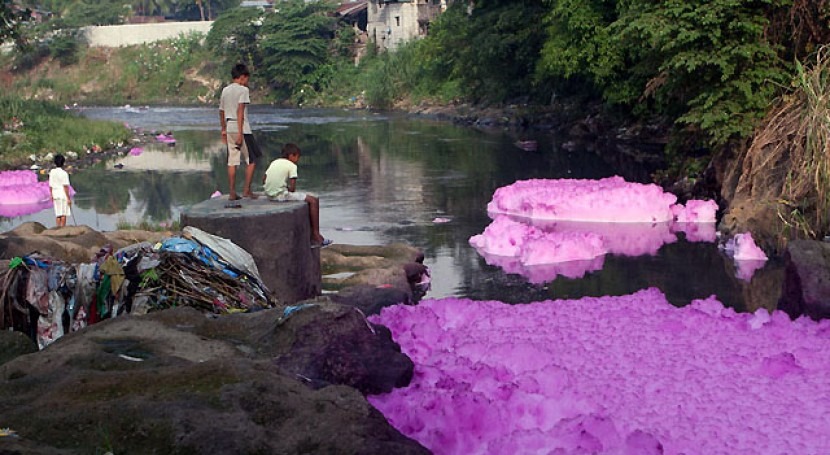
Like a toxic relationship, the push and pull of the fashion industry continues to leave consumers with a sense of confusion. We are manipulated by the media and shiny storefronts into thinking we need the newest trend, and then when the quality of that new dress or cardigan is diminished after one wash, we are left feeling broke and guilty about our purchase. The reality is that no matter how hard we try, we can’t keep up with the trends that change as swiftly as the seasons, and in a cost of living crisis, neither can our purses. Most importantly however, neither can the environment or the people in our planet.
The “true cost” of the fast fashion industry on our planet and on the people working in sweatshops is the most expensive of all.
Unfortunately though, as long as there’s demand and profits to be made, the industry isn’t going to back down any time soon. The sole path to making genuine change involves boycotting fast fashion brands such as Shein or Zaful, advocating for reform, and urging policymakers to intensify pressure on the industry.
You have probably heard already that the textile industry stands as one of the most significant contributors to environmental destruction worldwide. From production to disposal, every step of the textile lifecycle has a toll on our planet’s resources and ecosystems. There is an urgent need for action, and the time to act has long been right now.
The Human Cost: Is it Really Worth it?

We are so far removed from the reality of the fast fashion industry, which as we know exists in factories in countries such as Vietnam, Indonesia and India. For years, the media has been highlighting the unjust working conditions in sweatshops, which are integral to the profit-driven business model that fast fashion relies on. Despite this awareness, they persist. As long there’s demand, there’s profits to be made.
The reality is that the majority of our clothing is made predominantly by women (80% of garment workers are women), who work up to 18 hours a day in dimly lit factories under hazardous conditions. They repetitively sew the same seams on garments, day in and day out, for hours on end, earning far below a living wage necessary to support their families. In addition, many of these workers are children, and the intricate supply chains of fast fashion brands involve numerous subcontractors, making it difficult for them to trace whether child labour is being used in garment production. It was found that 60% of the workforce in India started their employment when they were under the age of 18. These children are particularly vulnerable, coerced into sweatshop labour because of their entrapment in the cycle of poverty.
To make matters worse, workers are exposed to harmful substances while working without enough ventilation, many of which are carcinogenic. Accidents and injuries are also frequent. In 2013, over 1,000 garment employees in Bangladesh lost their lives while at work as a result of the collapse of the Rana Plaza factory, where Penney’s clothes were made.

The Production Process: The Environmental Cost
Textile production encompasses a complex web of processes, from cultivation and harvesting of raw materials to spinning, weaving, dyeing, and finishing. Each step demands vast quantities of resources and energy, with significant implications on the environment.
Cotton, one of the most commonly used fibres in textiles, exemplifies these challenges. Conventional cotton cultivation relies heavily on pesticides and irrigation, leading to soil degradation, water pollution, and biodiversity loss. Meanwhile, synthetic fibres like polyester, derived from non-renewable fossil fuels, contribute to carbon emissions and perpetuate our reliance on finite resources, which hugely contradicts the efforts we have made to move towards renewable energy.
On top of that, the dyeing and finishing stages pose significant environmental risks, with chemicals often discharged untreated into waterways, contaminating ecosystems and threatening public health. This happens in countries such as the ones mentioned above, that don’t have the same regulations for these concerns as we do in more privileged parts of the world such as Europe.
When it comes to synthetic materials such as polyester, the EU have reported that “a single laundry load of polyester clothes can discharge 700,000 microplastic fibres that can end up in the food chain.” It’s also been reported, and we at ZWAI have spoken about this before, that in a 2022 study microplastics have been found in human blood. And what’s the health impact of this you ask? The answer is that we don’t know yet.
Regarding water usage, did you know that it takes 2000L of water to make one t-shirt? That’s the amount of water the average individual will drink in 3 years and in a time of increasing droughts caused by heatwaves, is that a cost we’re really willing to pay?

The end of a garment’s life does not mark the end of its environmental impact. Textile waste poses a big challenge, with huge amounts discarded annually worldwide. Whether through consumer disposal, production offcuts, or unsold inventory, textiles contribute to landfills, where they decompose slowly, releasing harmful gases like methane into the atmosphere. Either that, or they’re incinerated in a cement plant under the guise of “recovered waste”.
Fast fashion is the main trend behind this problem, promoting a culture of disposability and rapid turnover that prioritises trends over sustainability. In this paradigm, garments are worn only a few times before being discarded. There is a major disconnect here between what is considered “normal” in our society, and the real effects this “normality” is having no our planet. The reality is that we have enough clothing on the planet right now for the next 6 generations of the human race. And for some reason, we want more. Or at least that’s what the current system makes us believe.
How to Combat the Trend and Start a New One
The system is simply broken, and we (the individual consumer) aren’t to blame for it. However, one thing we can do is to opt out of this deeply unjust, unsustainable, and harmful system by making alternative choices. Though it might sound lame to us now, the trendiest clothing should simply be the most sustainable, which is what is already sitting in your wardrobe. While we wait for policy makers to introduce laws that will put more pressure on industry, there are real solutions that will make a difference. Check out this past ZWAI blog for some.
